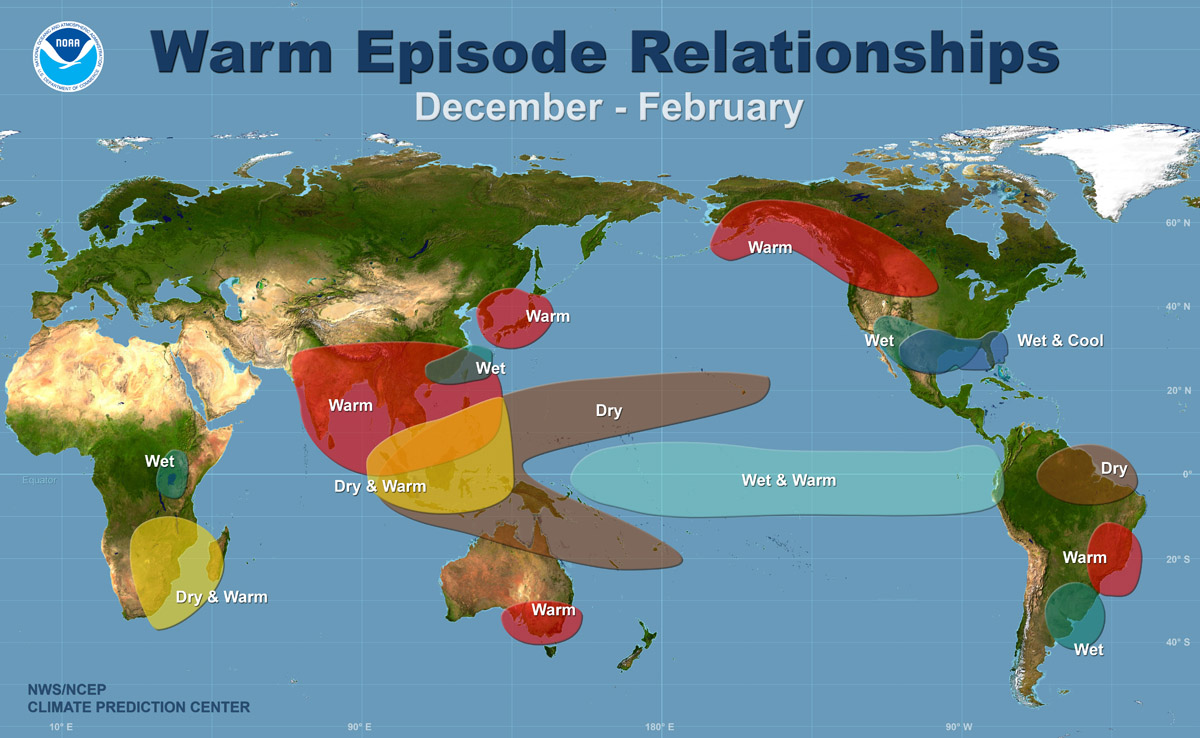The World Meteorological Organization (WMO) has indicated that despite the gradual weakening of El Niño, its lingering impact on the global climate will persist in the upcoming months, intensifying the heat retained by human-induced greenhouse gases.
During the period from March to May, the meteorological department forecasts abnormal temperatures worldwide. WMO has specifically noted that above-normal temperatures are anticipated over nearly all land areas in this timeframe. The 2023-24 El Niño is highlighted as one of the five strongest on record.
In a recent update, WMO suggests a 60% likelihood of El Niño persisting from March to May, with an 80% chance of neutral conditions in April to June. While there is a possibility of La Niña developing later in the year, the odds remain uncertain, as cautioned by WMO.
WMO Secretary-General Celeste Saulo emphasized the significant role of heat-trapping greenhouse gases in establishing record temperatures, citing 2023 as the warmest year on record. Although El Niño has contributed to these extremes, the primary culprit remains unequivocally human-induced greenhouse gas emissions.
El Niño, occurring approximately every two to seven years with a typical duration of nine to 12 months, is a natural climate pattern linked to ocean surface warming in the central and eastern tropical Pacific Ocean. Celeste Saulo clarified that while El Niño is evident in equatorial Pacific Ocean temperatures, persistently high sea surface temperatures globally over the past 10 months cannot be solely attributed to El Niño.
Expressing concern, Saulo highlighted that the sea-surface temperature in January 2024 was the highest on record for that month. The World Met Department further predicts above-normal sea-surface temperatures across much of the global oceans, influencing temperature patterns over land areas and potentially impacting regional rainfall patterns in the next three months, according to a Global Seasonal Climate Update issued by WMO.





